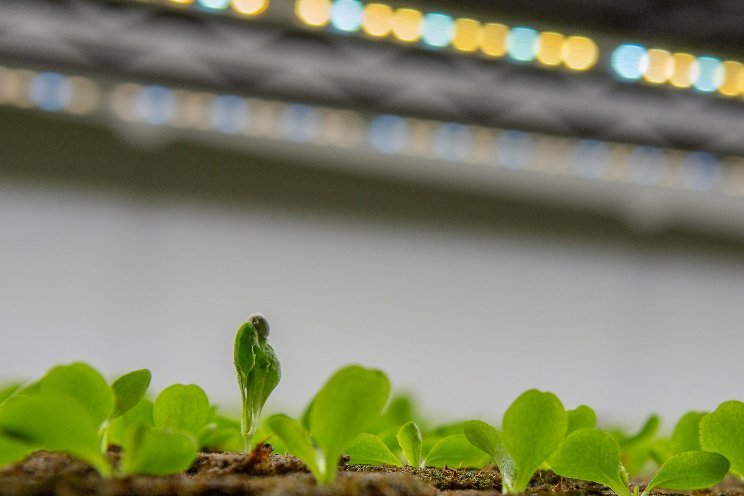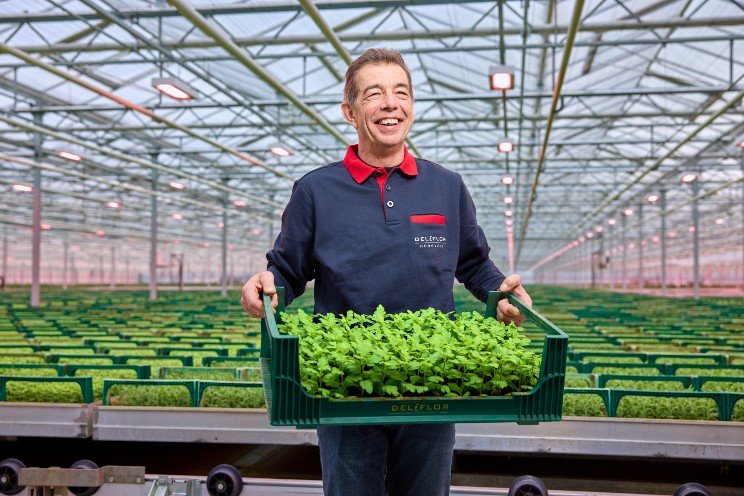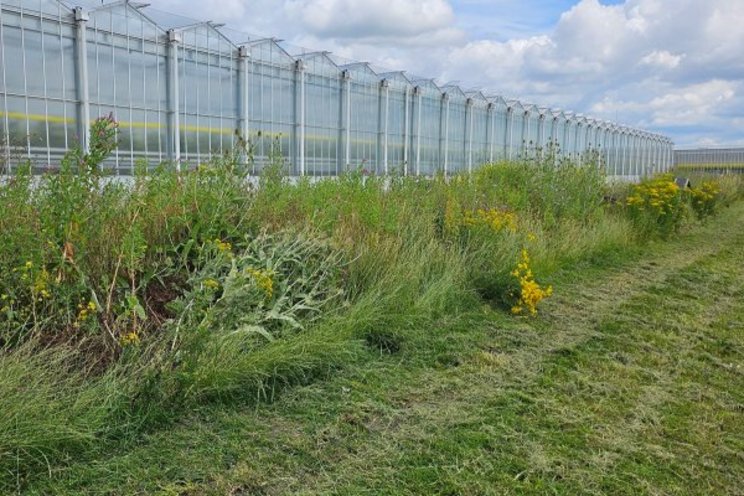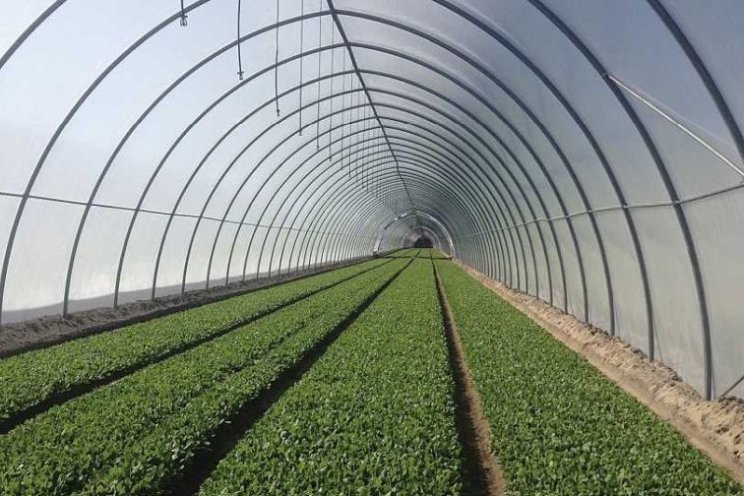Mineral nutrition's impact on indoor radishes
Added on 28 September 2023
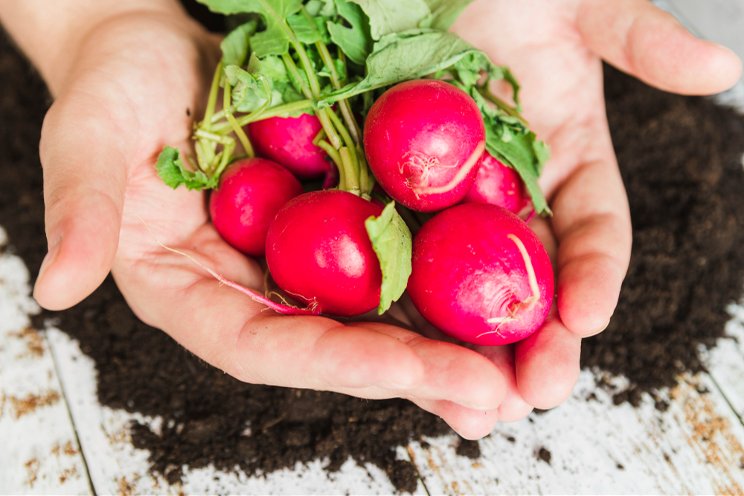
Managing mineral nutrition is important for food crop production, whether in mineral field soilless, soilless substrates, or in hydroponic water culture. Providing adequate mineral nutrient to plants helps realize their yield potential, in addition to keeping fruits and foliage free of deficiency or toxicity symptoms, and helps maximize their appearance and marketability. In trying to determine how to fertilize radishes grown hydroponically, in trays with soilless substrate and subirrigation, we couldn’t successfully translate the recommendations for field-grown radishes in pounds of nitrogen per acre to parts-per-million (ppm) nitrogen in a soilless system in a greenhouse. As such, we designed a study to determine what concentration of fertilizer would be appropriate for growing radishes in a controlled environment.
Materials and Methods
Based on previous research, ‘Crunchy King’ and ‘Red Castle’ were selected based on their performance in cultivar trials. Seeds were sown in 72-cell plug trays filled with a commercial soilless substrate and covered with a light covering of coarse vermiculite. After seeding, trays were moved into a glass-glazed greenhouse with a constant air temperature setpoint of 68°F and a target daily light integral of 12 mol∙m–2∙d–1.
Seeded trays were placed into one of six identical flood tables, with interior dimensions measuring 36 inches W × 72 inches L × 7.4 inches H. Trays were initially hand-irrigated to saturation with clear water immediately after planting. Flood tables were flooded every morning for the first two weeks, and in the morning and afternoon in the third and fourth week. Each of the different flood trays had their own 40-gallon reservoir filled with a solution consisting of tap water amended with 15-5-15 Cal-Mag (Peters Excel; ICL Specialty Fertilizers, St. Louis, MO) to provide one of six fertilizer concentrations: 0, 100, 200, 300, 400, or 500 ppm nitrogen (with corresponding ECs of 0.00, 0.76, 1.52, 2.28, 3.04, or 3.80 mS/cm, respectively).
Continue reading.
Photo created by freepik - www.freepik.com
More news

